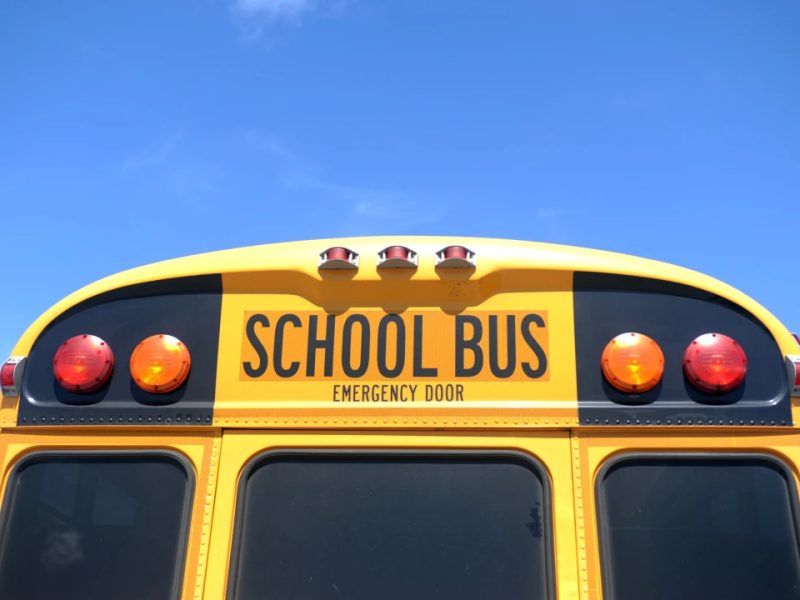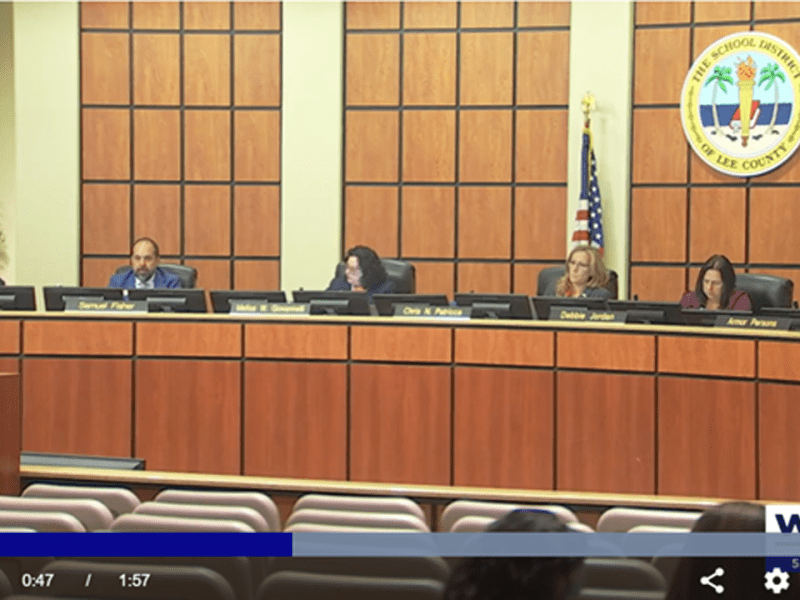From Florida to Finland; A Superintendent’s Perspective of What We Can Learn From Finnish Educators
By Rick Surrency, Putnam Schools Superintendent | August 11, 2022
As a superintendent of a Florida school district, I had the rare opportunity to join a team of U.S. educators visiting Finland’s schools in May 2022. Finnish students are some of the top achievers of the Programme for International Student Assessment (PISA) organized by the Organization for Economic Cooperation and Development (OECD).
The PISA exam is given every three years and measures the achievement of 15-year-olds from member nations around the world. In 2006, Finland’s 15-year-olds finished number one in reading, math, and science on the PISA exam. Since then, Finland has finished in the top 5% of participating nations, while the U.S. has consistently finished well behind Finland and below the world average.
Our team of educators visited elementary and secondary schools in the region of Helsinki in Southern Finland and in the city of Oulu in Northern Finland. We also visited the teacher education college at the University of Oulu.
I have spoken to school leaders in Florida and other national audiences about my observations on the differences in the U.S. and Finnish educational systems. Dr. Michael Robert, Superintendent of the Osborn School District in Arizona, and Dr. Kristen Rickey, Superintendent of the West-Delaware School District in Iowa, joined me in this effort. Our focus was to compare U.S. and Finnish educational practices.
Key observations are:
- Finnish students are not required to take standardized tests
- Elementary students in Finland have a 45-minute lesson and 15-minute recess each hour during the day.
- Students in elementary school work at their own pace; flexibility in grade level assignments depend on the student’s progress
- Finnish high school students take a matriculation exam at the end of the 11th grade to determine entrance to college or vocational school.
- High school students may change paths at any time depending on their interests.
- Teacher preparatory university programs accept only 10% of applicants. All teachers must have a master’s degree and have an extensive internship period before entering the teaching profession.
- Teachers in Finland are revered similarly to doctors, lawyers, and engineers in the United States. Teachers are considered experts on the academic progress of students. Finland’s teachers are highly trusted and respected.
- One principal interviewed said he had 250 applicants for one teaching vacancy at a Finnish school.
I wonder what aspects of the Finnish education system can be applied to improve U.S. schools.
Since the COVID-19 pandemic, K-12 schools have experienced unprecedented challenges in addressing the mental health concerns of students while continuing to prepare them for high-stakes standardized testing. Schools have posted teaching positions only to have no applicants apply. Innovative methods of filling classrooms with alternatively-certified teachers have been considered as weakening the teaching profession. Teachers have either left the profession or have chosen other professions after college graduation.
Some questions I would like us to consider as educators in the United States:
- How can we promote more student flexibility in grade-level instruction to move away from the outdated, industrial age factory methods of teaching students?
- What methods can we use to create more play-based learning while lessening the stress brought on by long extended lessons and standardized tests in elementary classrooms?
- How can we develop other methods to measure student progress that might be an alternative to high-stakes, anxiety-inducing standardized tests?
- How can our education system promote respect for our teachers?
If we don’t examine our education practices now, we risk losing our students, our teachers, and our educational standing worldwide. Examining the many positive aspects of Finland’s educational system can help.
I look forward to your comments and feel free to email me your input to rsurrency@my.putnamschools.org
Rick Surrency, Superintendent
Putnam County School District (Florida)






